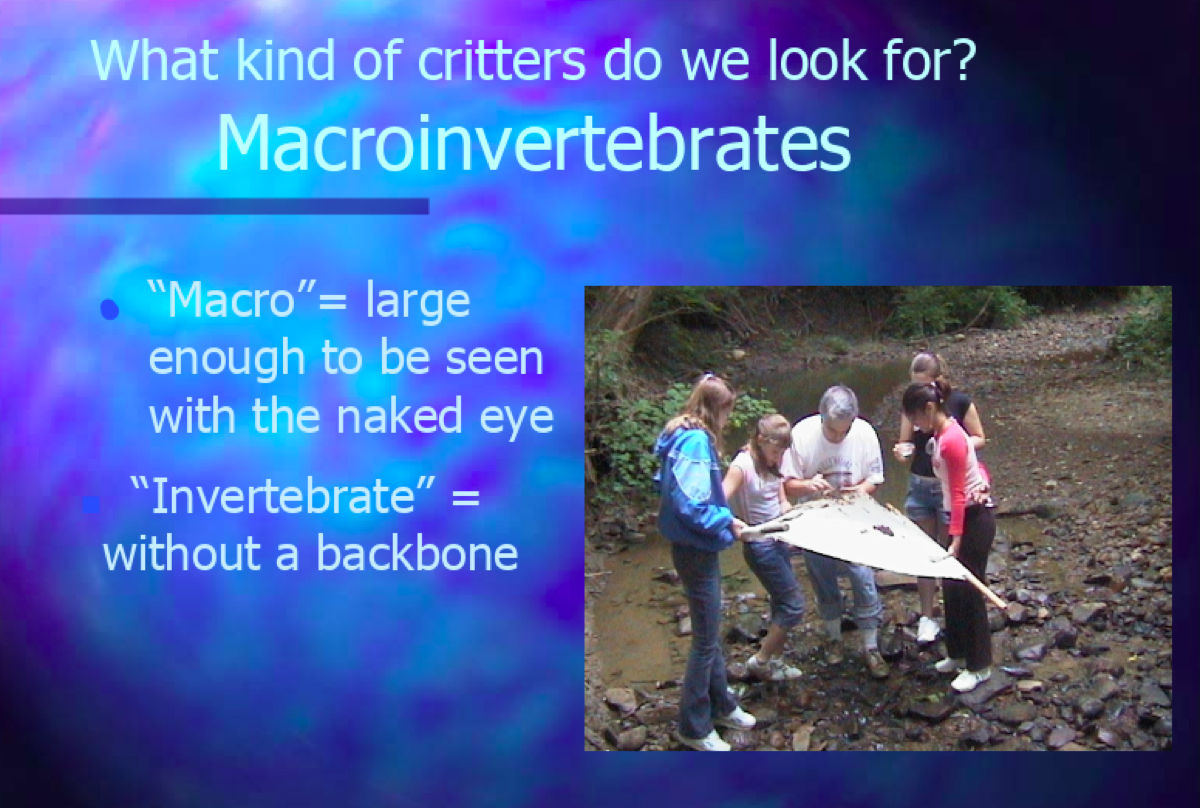
Teaching remotely makes things challenging, especially science activities, but Jennifer Messerly of Bexley High School came up with creative ways to meet objectives in her AP environmental science class.
Students were in class for a soil testing activity, so they brought in soil from home and performed several chemical and physical tests. “My students learned a lot from this lab,” said Messerly. “For the AP test, students need to describe physical and chemical tests for soil. They also have to describe best land management practices and understand how to control erosion using different farming techniques.”
The FTW Soil and sustainability lessons helped students understand properties of different soil types, such as water holding capacity.
“I enjoyed having time myself to do the soil tests during the workshop. I was able to see what challenges students might have when doing the lab. Another benefit was collaborating with other teachers on ways to do certain tests if limited supplies are available, like using disposable water bottles to separate soil layers.”
Students were in remote learning during the water testing unit, but Messerly found a way for them to do a macroinvertebrate assessment. First, she showed a powerpoint on macroinvertebrates. Students then worked together in breakout rooms on Zoom to calculate the Biodiversity Index using the Feed the World Can you ID? activity.
As an assessment, Messerly made a video of macroinvertebrates found in a stream by her house and had students calculate the biodiversity index. “In spring, the students will have a chance to do their own collecting. After practicing the biological assessment we did in class, they should be more successful in finding macroinvertebrates in the water on their own.”
“Participating in the FTW summer workshop definitely helped me to think of other ways to teach this material, since we could not be in the classroom or at the creek near my school. During the workshop, I used breakout rooms for the first time to collaborate. This was a useful way for students to share and discuss information without being in the same room.”
Messerly used the Demographic Transition activity to her unit on human populations. Students worked together in breakout rooms to determine the stage each country was in. They were also able to connect this concept to understanding population pyramids. Students then extended their understanding by choosing different countries that interested them and researching information online.
“Learning about all the resources available on the Feed the World website has helped out greatly with teaching students remotely,” said Messerly.